
Hover and scroll to zoom
Directly across from the Taman Sultan Omar Ali Saifuddin in Jalan Elizabeth II, the Secretariat Building stood for almost seventy years since its first construction in 1952 after preparation plans of its architecture and layout were finalised in the first half of the year before. The stone was laid by Sultan Omar Ali Saifuddin II on 19 November 1952 and was completed in August 1953, fully furnished as a quintessential concrete colonial design. During its time, it was considered the most modern building to ever exist in Brunei. After the declaration of the Brunei Constitution in 1959, this building was used as the modern Brunei Government Administrative Centre. Prior to this, the government offices were situated at a Kajang establishment, but due to severe overcrowding, most of the offices moved to the Secretariat building. Initially, the building was built specifically as the British Resident’s office but when his office was relocated to Subok, it paved the way for the government offices including the finance department, the judiciary, the royal customs and excise department and even the department of land and survey to move in. The building was not always referred to as the Secretariat Building as it was first known as the Secretariat Office instead before it changed on 29 September 1959 into what it was known to until today. Previously, all government buildings within the State were under the Public Works Department jurisdiction before it was transferred under the administration of the Prime Minister’s Office (PMO). After Brunei Darussalam witnessed its independence in 1984, the Secretariat building was used by the PMO, the law department, Ministry of Home Affairs, the Brunei Currency Board and the Jabatan Adat Istiadat Negara or the National Office of Customs and Ceremonies. There have been no major visible changes to the exterior of the premise since its inception. The present Secretariat building retains its pure white colour of its body as how it was during its prime in the early 1950s, along with its brick red colour roofs and fair face outdoor accent walls on the front of the structure. Perhaps it is not obvious from a ground view, but the Secretariat building actually resembles the capital letter ‘E’, perfectly apparent through an aerial angle. It is suspected to be an acronym for Elizabeth II, the Queen of the United Kingdom, which is fitting with the structure’s colonial architecture style, its initial purpose of construction and history of its construction when Brunei was still under British protection. The architecture of the building is designed by Booty and Edwards Architecture, who also did various other famous monuments in Brunei, and it is symmetrical where the whole floor plan has a mirror-like design that reflects the two sides of the building. The design incorporates the classic British and a minimal of Egyptian architectural elements from its size and overall intricate style. It has a colonnaded front verandah decorated with Brunei emblems and three pylon entrances on its facade, with the middle being slightly bigger and is used as the main entrance to the building. In between these pylons are white stucco and light coloured brickwork as well as five pillars where identical doors are aligned along the lengths of the outside corridor, noticeable from the road. Another distinctive feature of the building is the absence of windows as it uses double doors made out of wood and dark glasses as its entry ways and for ventilation. Scenes of indigenous lifes and the history of Brunei and its development are depicted in relief sculptures at the parapets of each pylons facing the Taman SOAS. The sculptor to these unique friezes was carved by a sculptor named Cavalieri R. Nolli from Italy. It includes women weaving traditional cloths, people farming, of coppersmiths and blacksmiths, all of which encompasses the economic activities of the people of Brunei back then. The Secretariat building is a perfect example of British colonial traces in Brunei, and as the oldest government building that acts as the seat of Government or “The Secretariat”. It is still used to house various offices even today. From a first glance, it ostensibly looks as if it has not passed through time, but there it has stood since 1953, still pristine and remains historic. |
| Location | Bandar Seri Begawan |
|---|---|
| Date | 1952 (initiated) 1953 (completed) |
| Coordinates | 4.89064, 114.94173 |
| Style Period | Constructivism |
| Building Type | Administration |
| Other Names | Brunei Government Administrative Centre / Secretariat Building |
| Original Building Usage | Governance |
| Current Building Usage | Royal Television Brunei Offices |
| Inv. Number | Arch/0004 |
 Secretariat Building in the late 1950s.jpg)









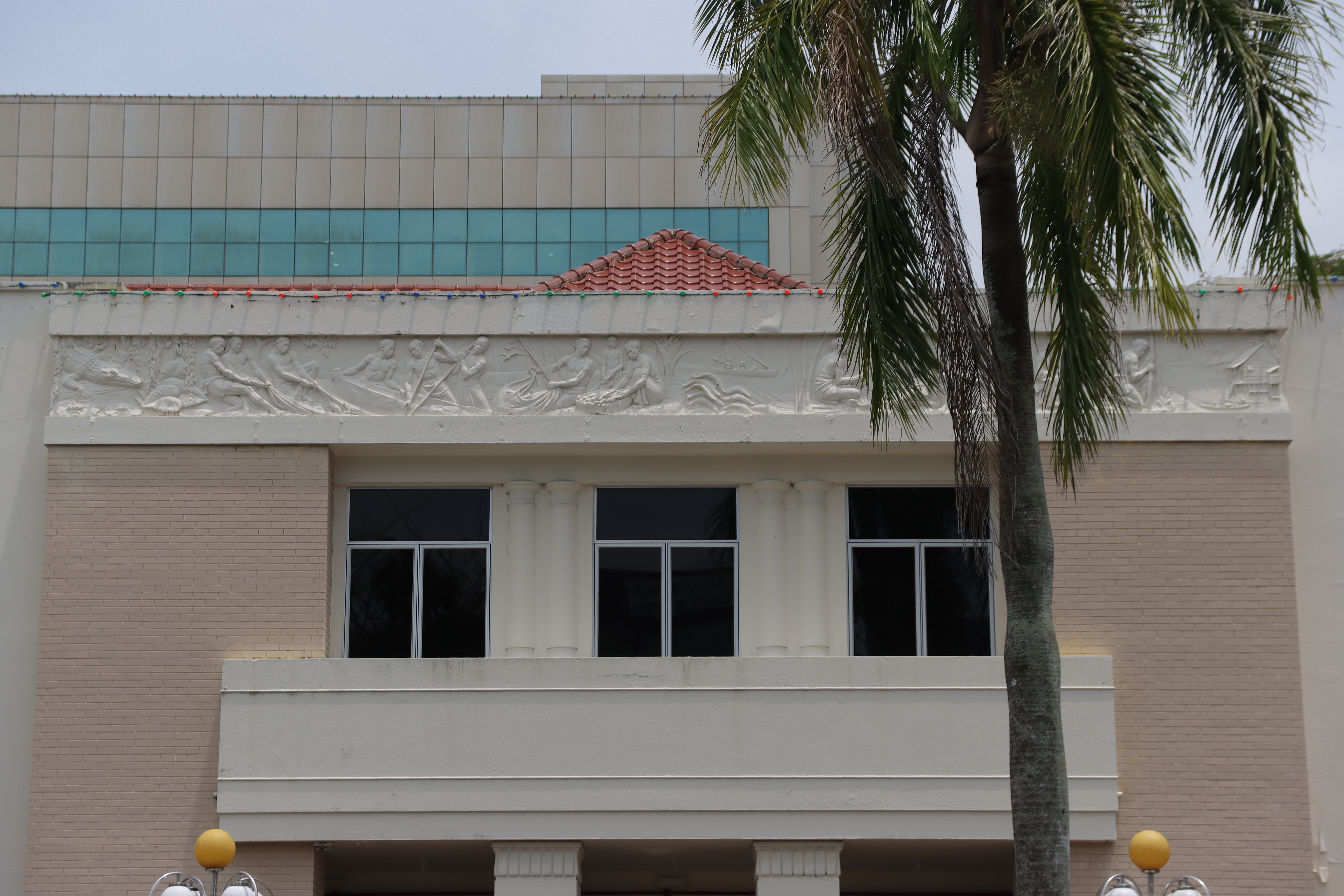
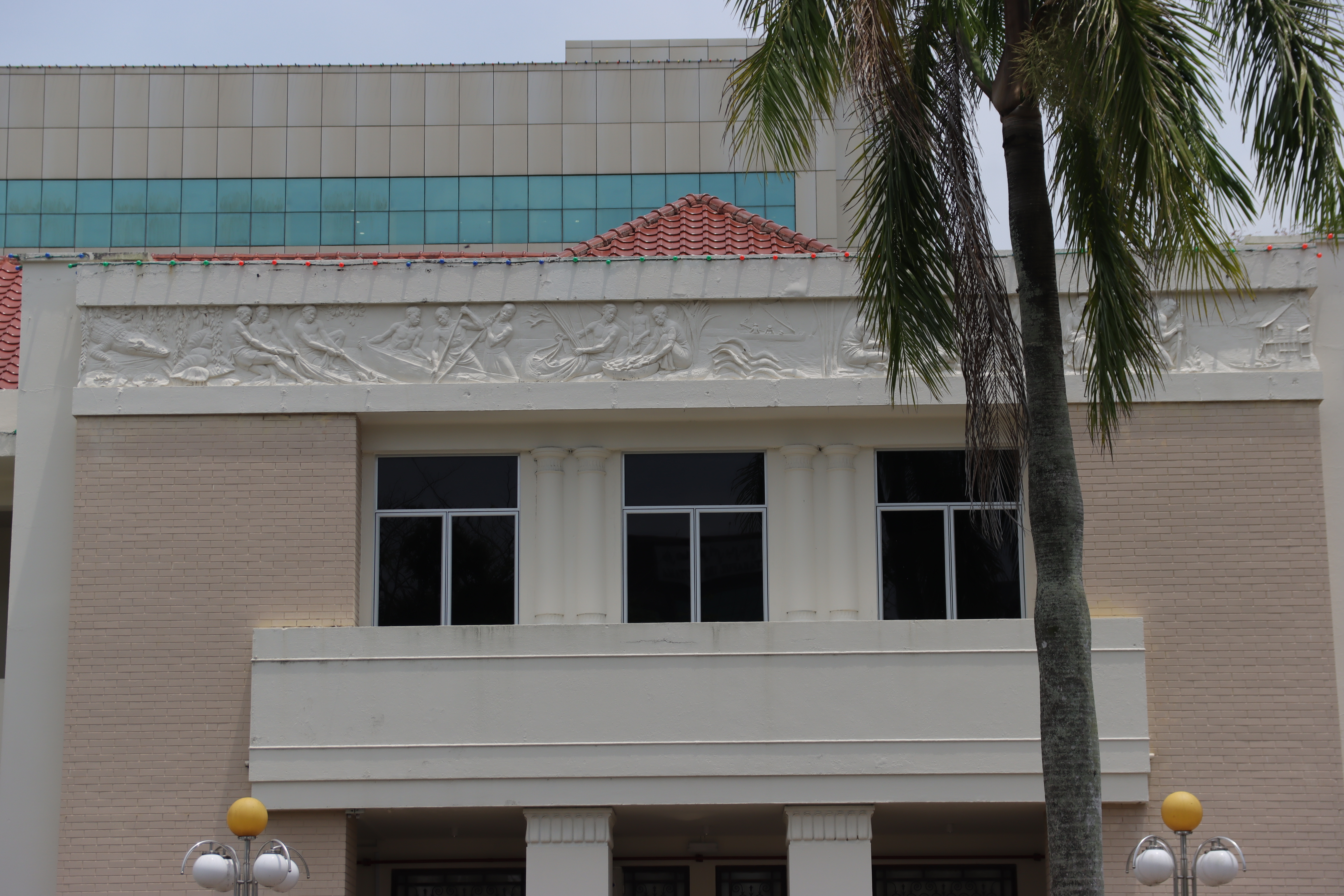
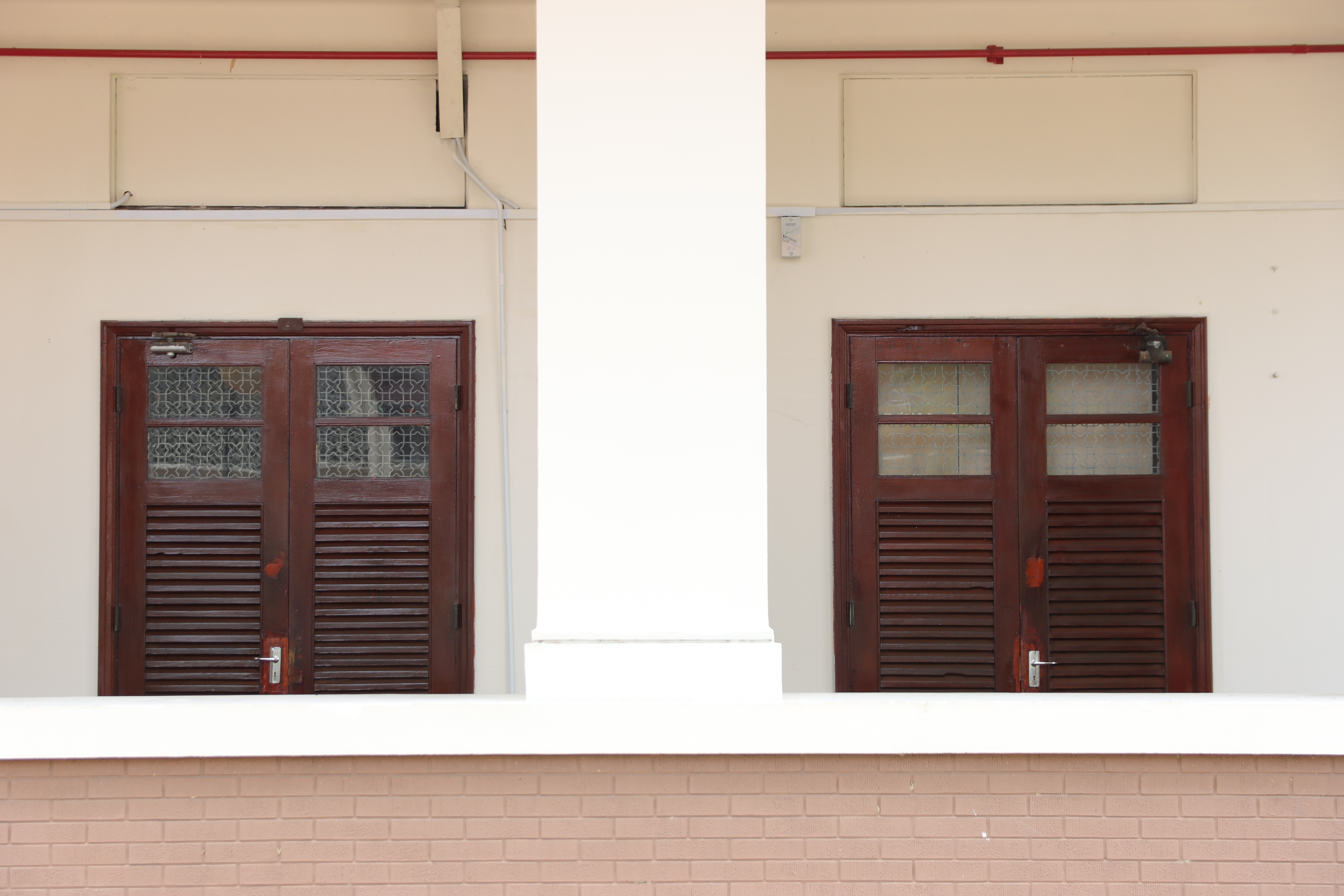

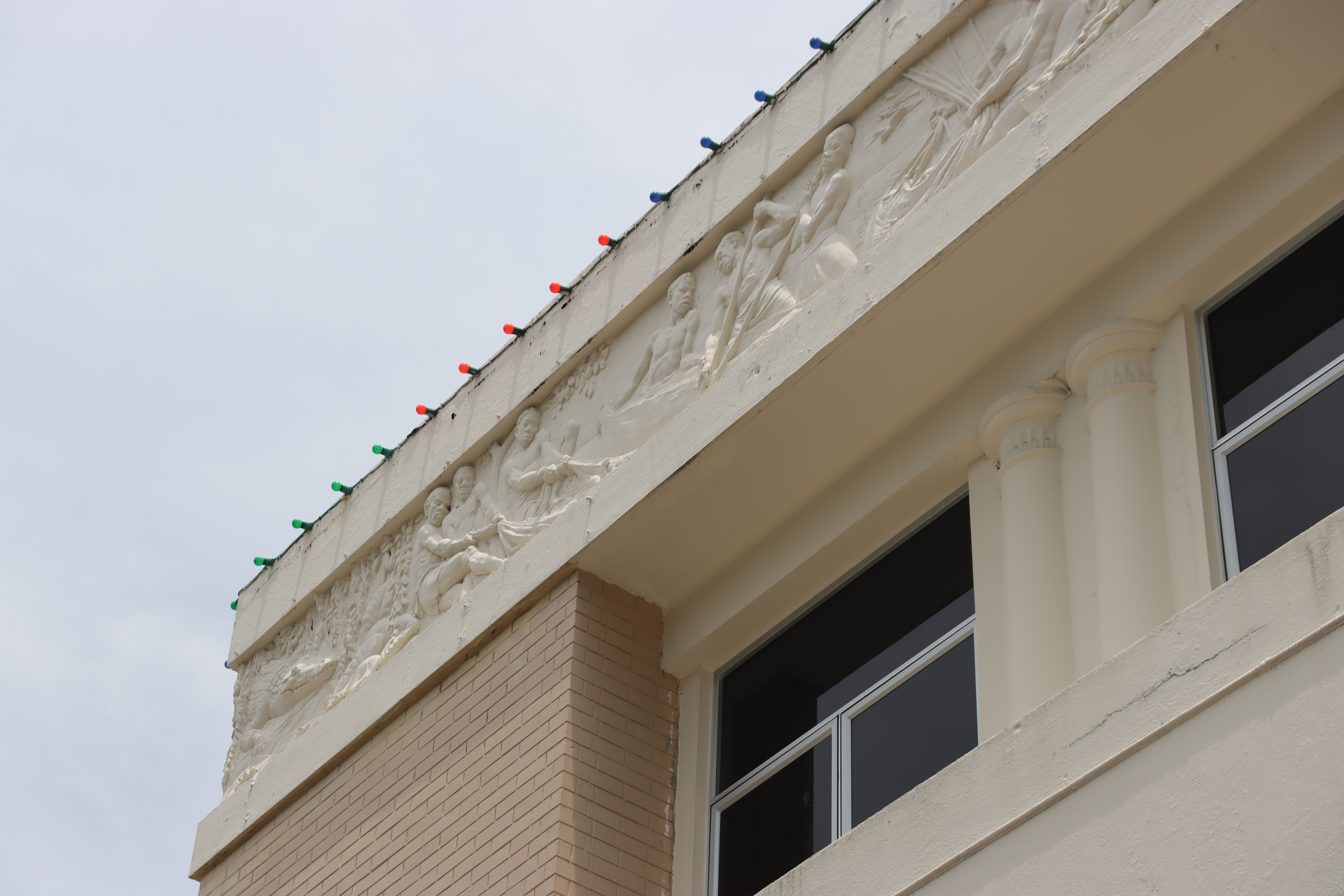
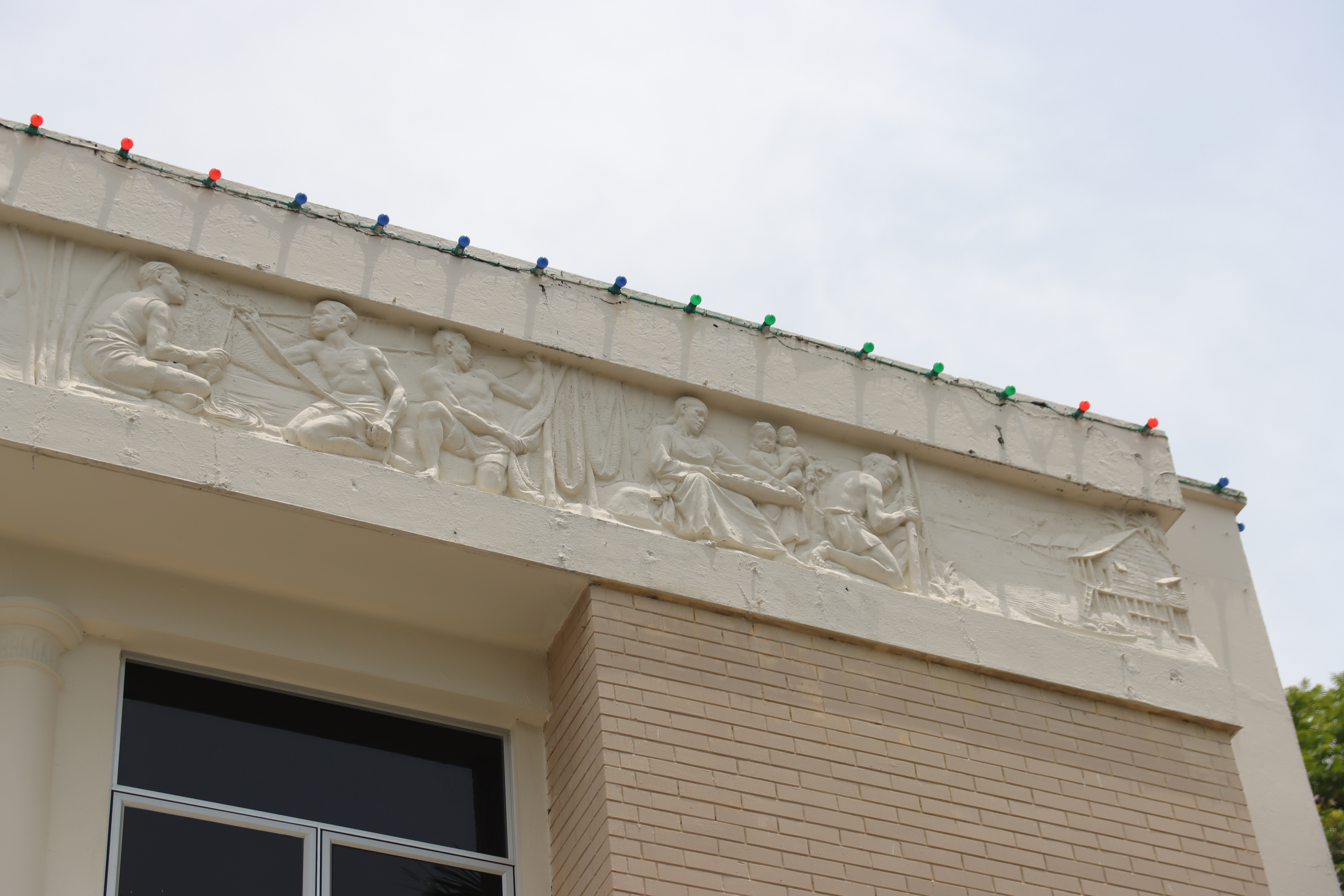
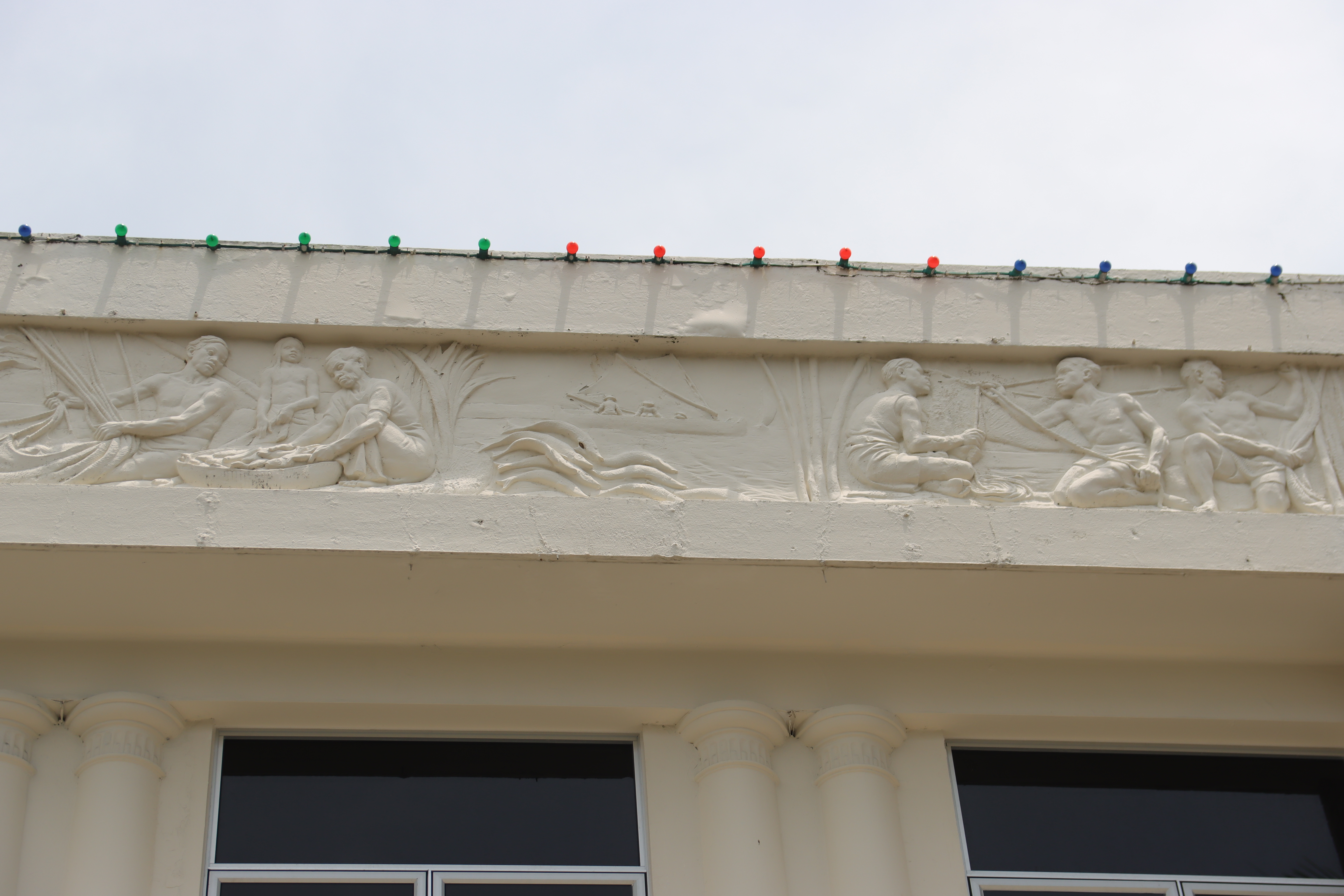




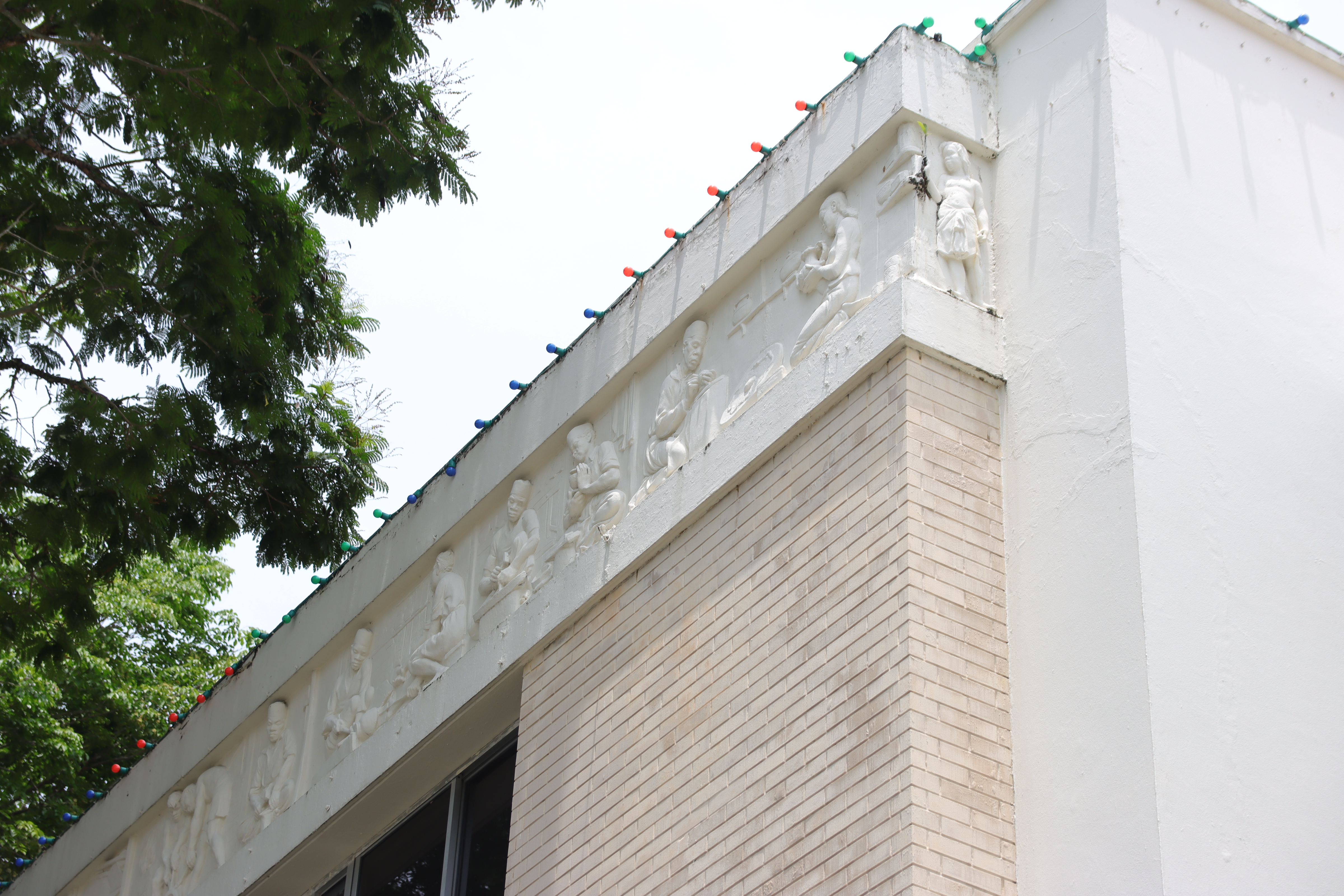




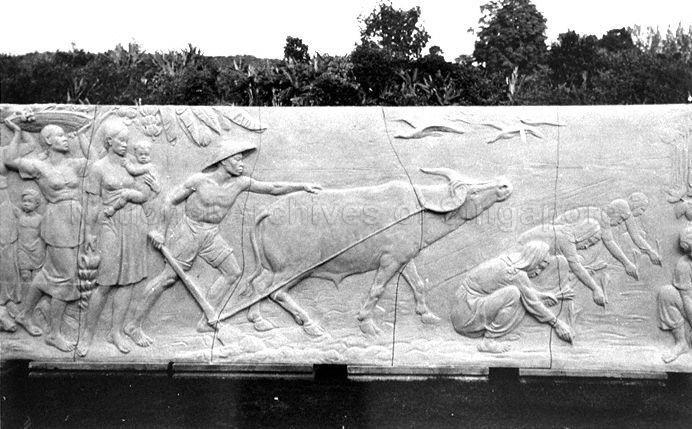
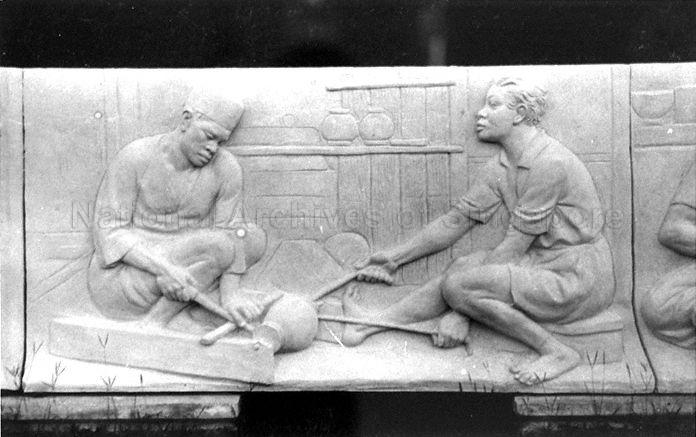
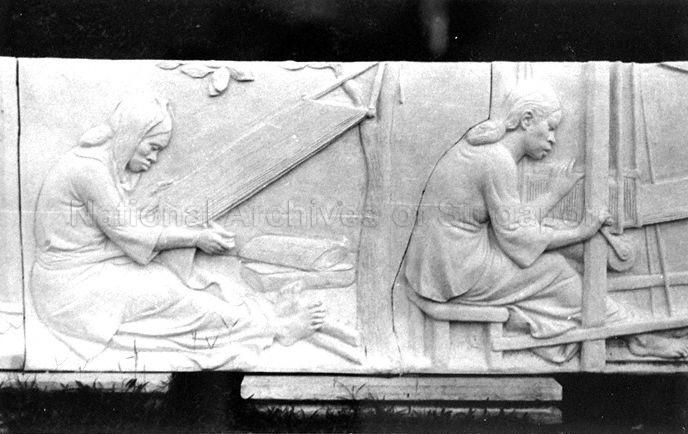


 Secretariat Building in the late 1950s.jpg)
